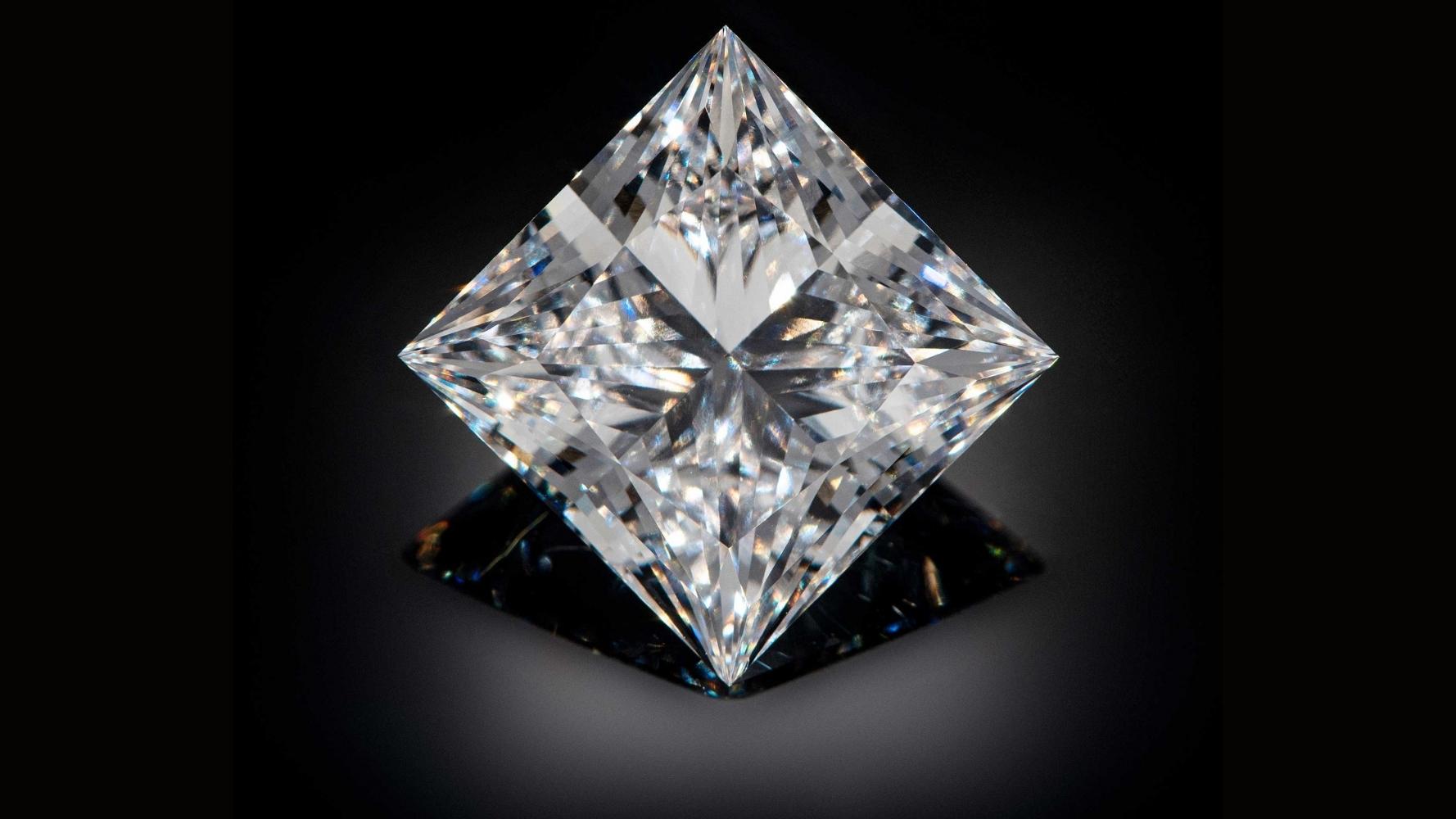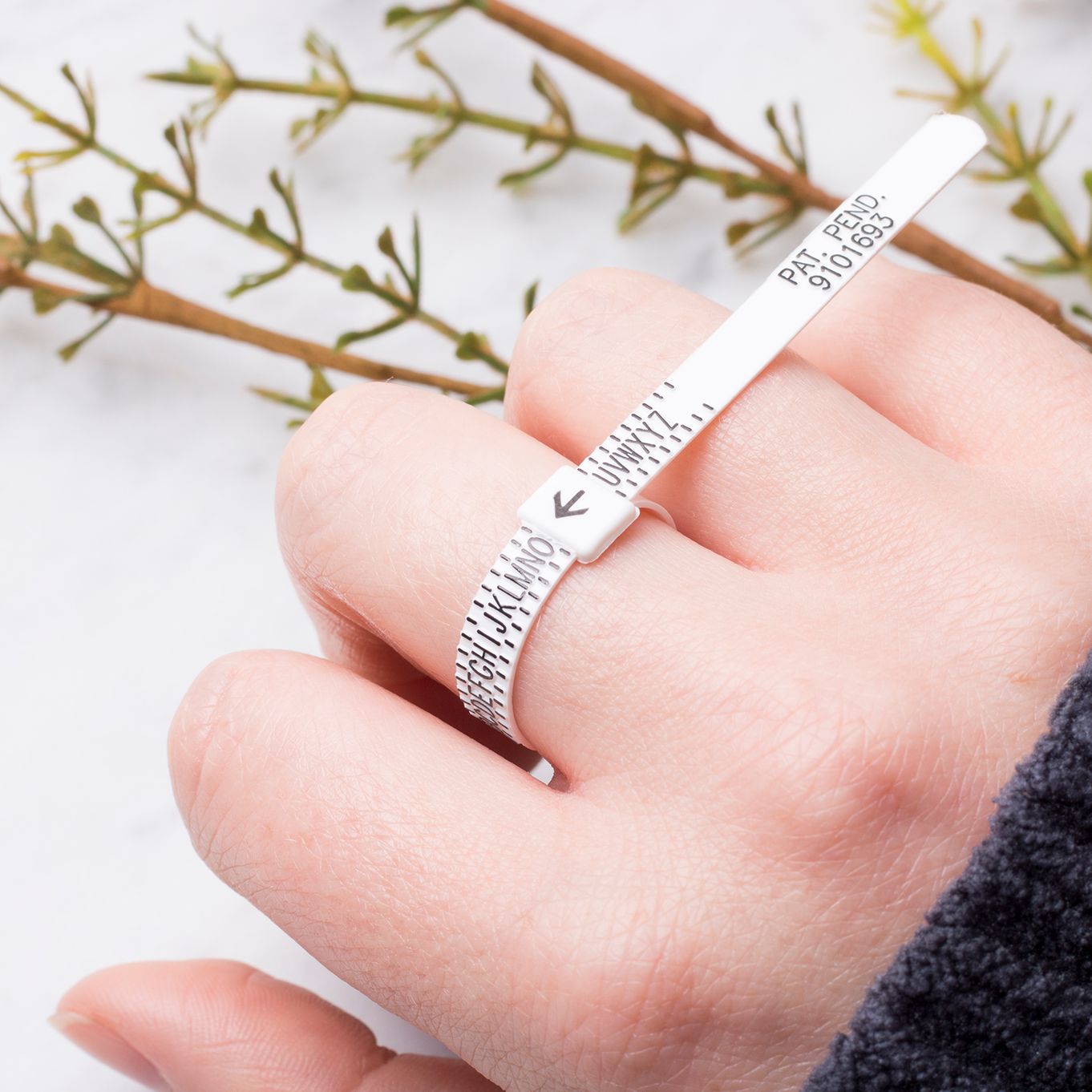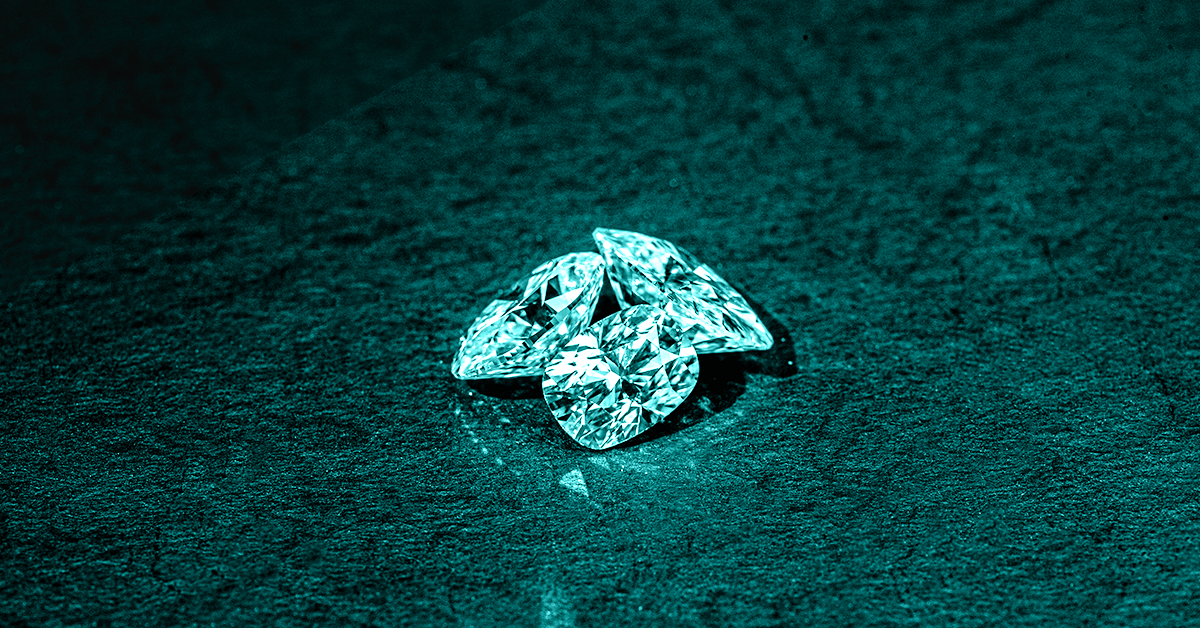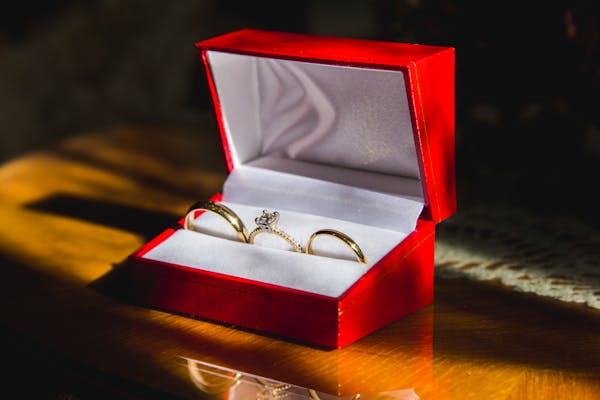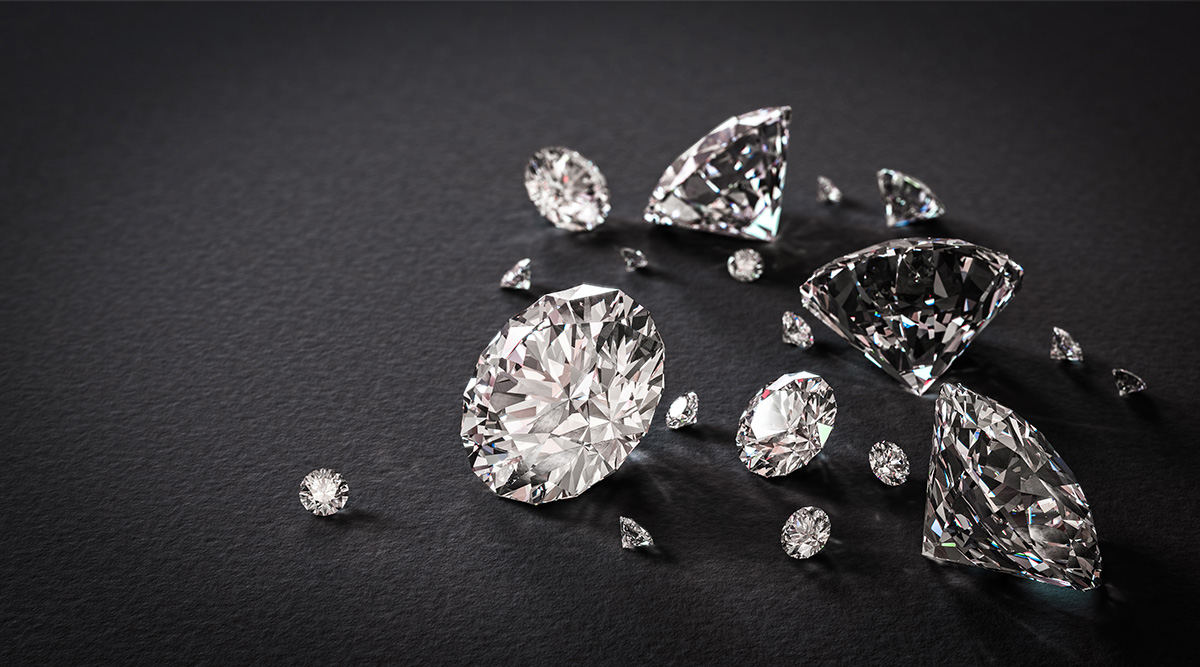Introduction
Lately, lab-grown diamonds have gained massive popularity among buyers searching for environmentally amicable and socially dependable alternatives to mined diamonds. These diamonds, cultivated in controlled laboratory conditions, mirror the natural cycles that create diamonds beneath the Earth’s structure. They have identical physical, chemical, and optical properties to natural diamonds, making them a persuading choice for reliable buyers.
Understanding the 4Cs
Diagram of 4Cs
Preceding bouncing into the focal points, we ought to clarify what the 4Cs entail. The 4Cs — Cut, Variety, Clarity, and Carat — are universally seen as the benchmarks for assessing the quality and value of any diamond, whether natural or lab-grown lab grown diamonds 4Cs. Each C plays a crucial work in choosing a diamond’s overall appearance and desirability.
Cut
Importance of Cut
The cut of a diamond alludes not to its shape (like round, princess, or emerald) however to its degrees, balance, and clean. A very much cut diamond will show exceptional brilliance, sparkle, and fire, as it maximizes the amount of light that enters and reflects back through the top of the diamond.
Factors affecting Cut Quality
Achieving an unbelievable cut requires exact craftsmanship and adherence to serious degrees. The quality of a diamond’s cut is impacted by factors like its profundity, table size, support thickness, and the equality of its facets. Popular cut styles incorporate the round brilliant, princess, pad, and pear cuts, each offering intriguing feel to suit various inclinations.
Variety
Evaluating Variety
Diamond tone is graded on a scale ranging from D (boring) to Z (light yellow or brown). The most valuable diamonds are those with minimal to no variety, as dreary stones allow even more light to pass through, enhancing their brilliance. Lab-grown diamonds typically show exceptional variety consistency, with many falling inside the D to J variety range, which incorporates near-boring to faint yellow colors.
Normal Variety Grades
While boring diamonds (D-F) are exceptionally valued for their excellence and rarity, near-lackluster (G-J) diamonds offer magnificent value with a slight pinch of variety that may be inconspicuous to the untrained eye. Purchasers can pick a variety grade based on personal inclination and budget, knowing that lab-grown diamonds give steady variety quality across all grades.
Clarity
Understanding Clarity
Clarity measures the presence of internal considerations and external flaws inside a diamond. Diamonds with less considerations are seen as more valuable because they allow even more light to pass through persistent, maximizing brilliance. Clarity is graded on a scale from Flawless (FL) to Included (I3), with each grade mirroring the perceivability and impact of these characteristics on the diamond’s appearance.
Kinds of Considerations
Considerations can range from microscopic pinpoint crystals to larger feathers or fogs inside the diamond. Gemologists examine these characteristics under magnification to conclude a diamond’s clarity grade accurately. Lab-grown diamonds often boast higher clarity grades than natural diamonds, thanks to the controlled climate in which they are grown, restricting the presence of considerations and ensuring exceptional transparency.
Carat
What is Carat Weight?
Carat weight alludes to the measurement of a diamond’s size and weight. One carat equals 200 milligrams, giving a standardized unit of measurement across all diamonds. While carat weight impacts a diamond’s size, it is essential to take note of that size alone doesn’t choose a diamond’s overall quality or brilliance.
Man made diamonds, also known as lab-grown or synthetic diamonds, are created in controlled laboratory environments rather than being mined from the earth. These diamonds possess the same chemical and physical properties as natural diamonds, making them indistinguishable to the naked eye. The process involves replicating the conditions under which diamonds naturally form, using advanced technological methods that mimic the heat and pressure found deep within the earth.
Popular Carat Sizes
Diamonds are available in a broad variety of carat sizes, from small accents to great center stones. Popular choices incorporate the classic one-carat diamond, known for its balance of size and affordability, as well as larger stones that make a striking statement. The decision on carat size often depends upon personal style, budget considerations, and the ideal impact of the diamond.
Conclusion
Lab-grown diamonds address a revolutionary change in the diamond business, offering buyers a sustainable, ethical, and brilliant alternative to natural diamonds. By understanding the 4Cs — Cut, Variety, Clarity, and Carat — you can make informed decisions while choosing a lab-grown diamond that meets your inclinations and values. Whether you center around brilliance, variety immaculateness, or ethical uprightness, lab-grown diamonds outfit a persuading choice that aligns with present day values and environmental stewardship.

